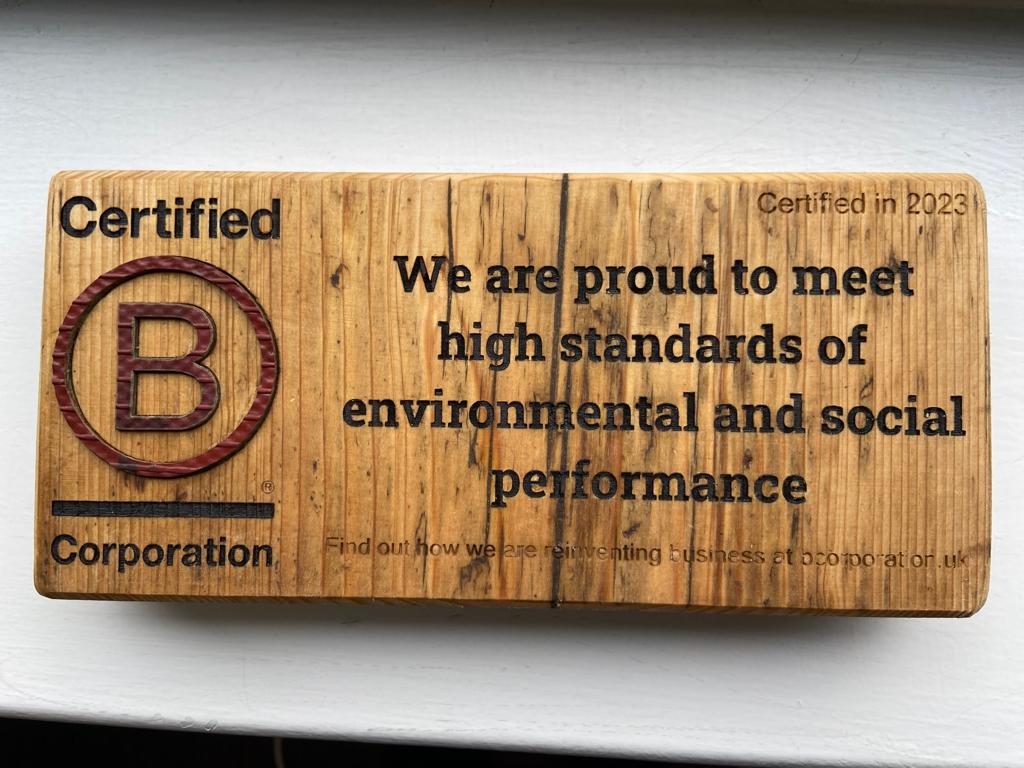Much is written of the ‘glass ceiling’ and the lack of women in senior leadership roles in business with fewer than a third of the UK’s most influential jobs being held by women.
However we have just spent four days celebrating the achievements of one lady who is head of ‘The Firm’ and arguably the UK’s most recognised brand. That person is Queen Elizabeth II and the brand is The Royal Family.
In the last decade, the glass ceiling has been shattered with the law stating that a future heir to the throne can be a female rather than passing down the male side of the family. And, following the weekend’s celebration of 70 years of service when millions of people in the UK and around the world waved and cheered in recognition of the role of the monarch and her achievements, what better way of demonstrating that a woman can cut it at the top of an organisation?
According to a Catalyst study, Fortune 500 companies with three or more women on the board outperform other companies — with 53 percent more return on equity and 42 percent more return on sales.
Following the Hampton-Alexander report in 2016, the UK government introduced a voluntary, business-led approach to setting targets for getting more women on boards. However, women want to be recognised for their abilities and recent achievements. They do not want to be a part of a quota or an adornment. Anyone at Board level first needs executive experience, so key to addressing the imbalance is increasing the number of women in middle management through to executive roles.
Our CEO worked in Scandinavia for over a decade and had women in key roles on Boards, in management teams and in factories. In some factories, almost half the employees were female. He wanted to create a conveyor belt of talent throughout the organisation so that as they grew they would promote from within. In a culture of high performance and using the principles of Investors in People they encouraged everyone to perform to the best of their abilities, and role promotion and development were available to all. The only thing that stopped individuals was themselves.
Interestingly when the Norwegian Government introduced a female Board quota a decade ago, demand unsurprisingly shot up. Operationally they had an immediate problem as some of their valued female employees were being head-hunted to meet the quotas on other Boards. This caused wage inflation across the country. Thankfully their people saw through this and remained with their companies, recognising that they had invested in them continually over the years.
Some see loyalty as a key value. Looking at the Head of The Firm, loyalty, integrity and perseverance are three values that the Queen has in abundance.
Having ascended to the throne 70 years ago and despite now being 96 years old, she is still one of the hardest working royals and until very recently maintained a full schedule of public, political and international engagements. As leaders, it is important to lead by example and the Queen, who considers her work as a service, has remained focused on this clear purpose which can be seen in everything she does. Regardless of whether you are a fan of the Royal Family, the resilience, determination and unwavering dedication to public service shown by Queen Elizabeth II provides a leadership lesson for those of us looking to develop and improve our own leadership skills.
If you are interested in finding out more about developing yourself and your organisation to improve leadership, business performance and get the best from your team, please get in touch with Jo Draper or Stewart Barnes. Our next effective leadership and business strategy program for senior leaders (LEAD™) starts on 10th and 11th November 2022.
Keep up-to-date on the latest leadership and management tips by signing up to our weekly blog here




